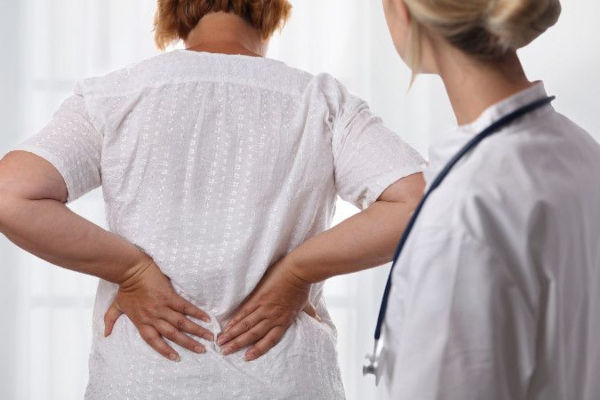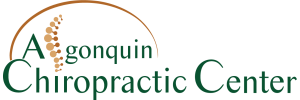Herniated Disc Treatment in Algonquin, IL
Reduce Back Pain with Chiropractic Care for Your Herniated Disc!
Did you know that back pain is the leading cause of disability worldwide? In fact, back pain is so prevalent that a 2020 study showed that it was responsible for 69 million years lived with disability (YLDs). One of the most common sources of back and neck pain is a herniated disc, which can happen anywhere along the spine and is most common in the lower back at L4-5 and L5-S1.
Many living with back pain (whether mild or debilitating) seek help from their primary doctors, only to be given potentially addictive medications and risky surgeries. But it doesn’t have to be that way. Back pain doesn’t have to be permanent, and safer, more effective herniated disc treatment options are available. Read on to discover how we at Algonquin Chiropractic treat this condition.
Avoid the Pitfalls of Quick Fixes
Too often, people jump to conclusions about their herniated disc treatment. They assume that popular “quick fixes” like prescription opioids, steroid injections or surgery will solve their problem.
There are three problems with these options:
- They’re not as effective as people would like.
- They come with significant risks of side effects.
- They pose serious health risks, including worsening of the problem.
At Algonquin Chiropractic, we don’t want to put you at risk of getting addicted to painkillers. Nor do we want you to rely on epidural steroid injections, which may only provide temporary relief. And we certainly want to help you avoid the risks of surgery.
Therefore, we use medication- and surgery-free treatments to help our patients overcome their pain and improve their quality of life.

Looking To Schedule Your First Chiropractic Visit?
Whether you are experiencing low back pain, tingling in the feet or regular headaches, Dr. Galante can help you find relief!
Discover the Algonquin Chiropractic Difference
If you come to Algonquin Chiropractic for herniated disc treatment, you will receive chiropractic care tailored to your needs. We will thoroughly examine your herniated disc and determine the best course of action.
Your personalized treatment plan may include any of the following techniques:
- Cox Technic– gently decompressing the spinal discs and nerves
- Spinal adjustments – restores normal spinal biomechanics, decreases pain and relaxes tight muscles
- Electrical Muscle Stimulation– reduces pain and inflammation
- Vibration Therapy– improves core strength and posture faster than traditional rehab
- Super Pulsed Laser– decreases inflammation, increases cellular energy and quickens soft tissue repair and regeneration
- Custom Orthotics– improves foot alignment, which improves the functioning of the feet, knees, hips, pelvis and spine
- Spinal Bracing – stabilizes and decompresses spinal discs and nerves
By effectively combining these treatments, we have helped many patients achieve our first goal — a 50% improvement within the first 2-4 weeks! Of course, we cannot guarantee these results. But what we can promise is to work with the patient to get the best possible results and adjust the treatment strategy as needed.
Receive Expert Advice on How to Reduce Pain
One of the worst things about a herniated disc is how seemingly harmless activities, like sitting, turning in bed or lying down, can worsen the pain. We understand how frustrating this truth can be, and we want to help.
We assist our patients by teaching them simple activities they can do every day to decrease their pain. For example, patients can do many gentle stretches to reduce their discomfort. We also recommend many other home remedies, including ice, topical analgesics and better sleep positions.
Hear From One of Our Herniated Disc Treatment Patients
Enjoy Relief with Effective Herniated Disc Treatment
A herniated disc doesn’t have to mean life-long pain or disability. Herniated disc treatment doesn’t have to mean potentially addictive medications and risky surgeries. At Algonquin Chiropractic Center, we offer a safer, more effective solution to your back pain with zero adverse side effects.
If you live near Algonquin, IL, and believe you have a herniated disc, please don’t hesitate to contact us! We want to work with you to bring you the relief you deserve.




